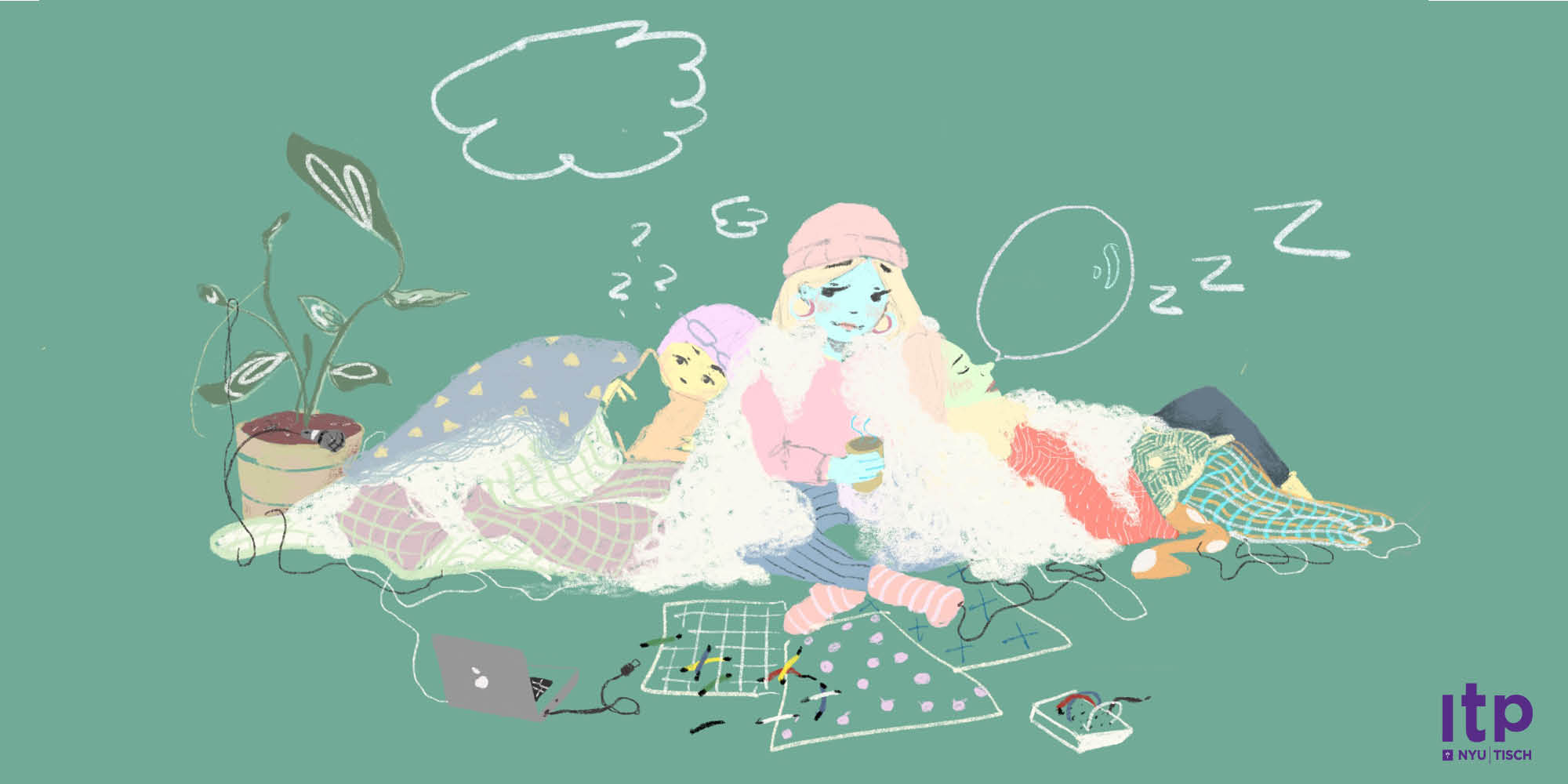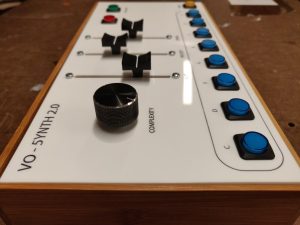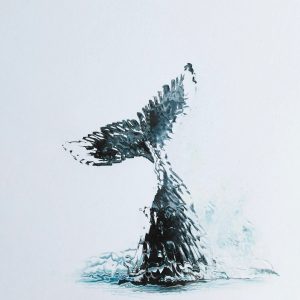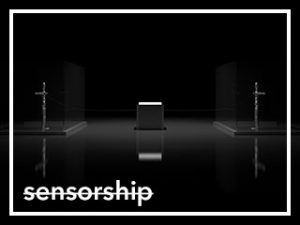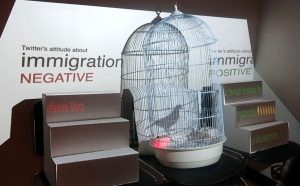Tsimafei Lobiak
A relaxing musical experience with generative art
https://editor.p5js.org/Luxone/full/Hk1riG03m
Description
Unblue is a relaxing experience for those who want to take a break and enjoy generative patterns. The name UnBlue comes from idea that hopefully this experience can improve your ‘blue’ mood. Also, it comes from the deep love for blue colors. This project is intended for 1 person experience using headphones and a computer. The project consists of a main screen, 3 chapters showing different interactive patterns and also 2 transitions (one for beginning and one for the end). Each of the transitions are accompanies by lyrics to inspire or relax the listener. For each chapter there is a different musical composition and interactions as well. First chapter is called Fossil and has a spiral made out of distorted ellipses, creating the illusion of 3-D object. The second chapter is ’Seed’ and it is a drawing tool over moving rectangular tiles. The last chapter is Atom, and it is a complex particle system controlled with mouse clicks. The work is mostly completed (you can test it out youself), but there are plans to add more chapters/interactions before the show.
Classes
Introduction to Computational Media
